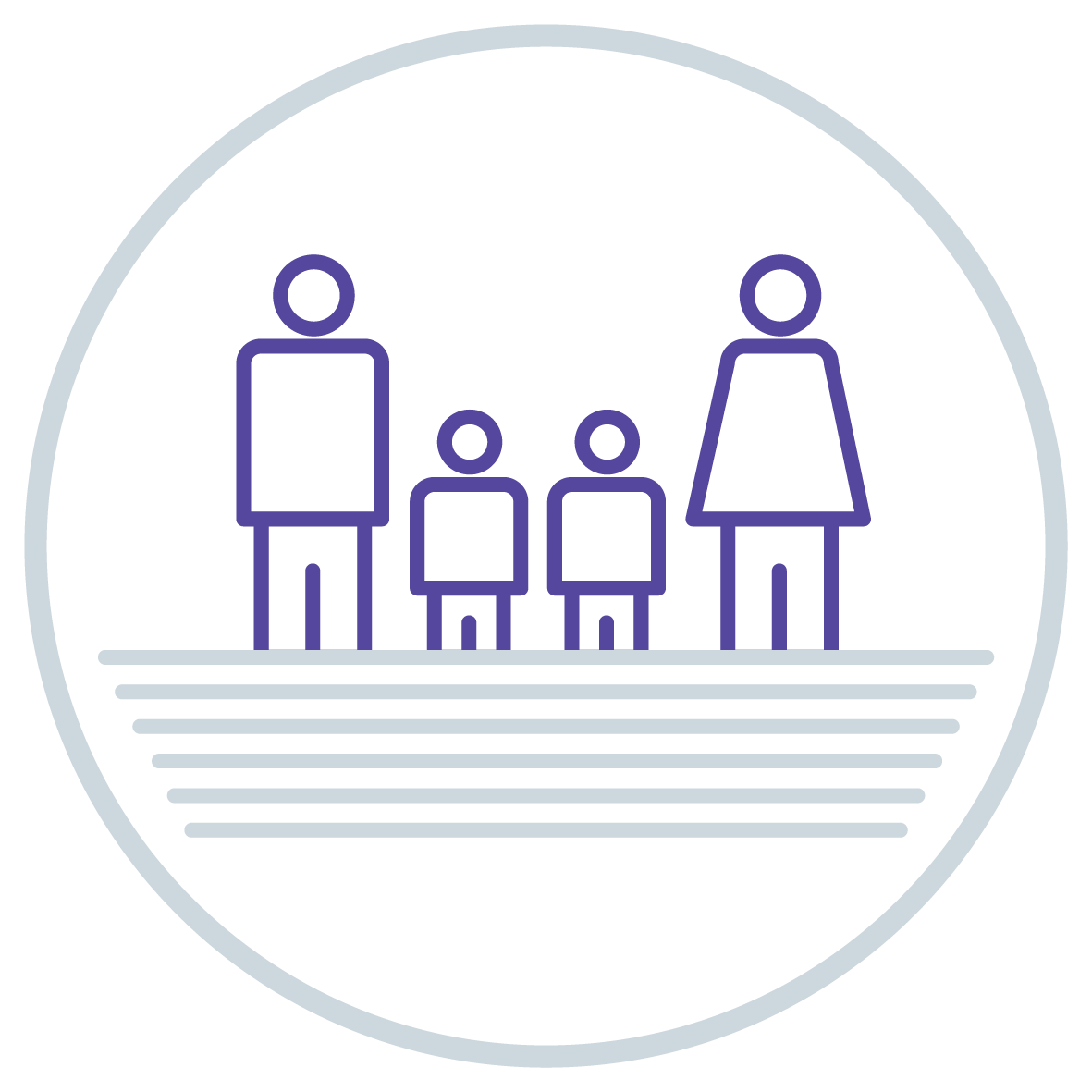After 16 months of various states of lockdown and Coronavirus restrictions, the UK is starting to open up again. Cue cheers of celebration on one side, shaking fists of indignation on the other, and a whole lot of uncertain people in the middle.
Up to now, the government has sought to drive down risk by legislating against behaviour that could spread the virus. Restricting social gatherings, closing public spaces, enforcing mask-wearing and endorsing remote working were all top-down solutions to controlling the spread of disease.
Now, the onus has shifted to us – it’s up to everyone to judge the risk of catching or transmitting the virus and to act accordingly. This new responsibility may weigh heavy on some shoulders.
As individuals, we’ll have different feelings about what the removal of restrictions means for our own sense of personal responsibility and peace of mind. Is there – or should there be – a protocol for how to behave in this new, ‘new normal’?
Judging risk
How can you measure and control risk in such an unprecedented situation, especially if you’ve never been trained for it?
As children, we’re taught to look both ways before crossing the road, not to wander off, to be wary of strangers… but very few people have been drilled for a risk quite like this.
Usual risk assessment is about identifying sources of harm, defining the risks associated with them and determining the best way to control or eliminate them. Part of this process includes evaluating how likely that risk is to occur and how bad the outcome could be.
With the current health pandemic, there are no easy answers. This is no sharp object or poisonous substance you can easily lock away in a cupboard. It’s a near invisible threat. It’s so new and fast changing that the guidance can’t keep still. Rules and advice vary from country to country. The ways in which it can affect and harm people are numerous and wide-ranging.
When it comes to evaluating risk in a post-lockdown world, there are other facets to consider. There’s the actual target of potential harm – it’s not just the risk of catching it yourself, there’s the risk of passing it on to someone else unknowingly if you’re a carrier.
There are also various types of harm you can identify here – physical being the most obvious, but there are also threats to mental and economic health, for example, that aren’t quite so visible.
Even for those trained in risk assessment, these are unchartered waters. This isn’t just about estimating scenarios and crunching numbers. It’s an emotional area for many people, not least those who have lost someone to the virus or feel vulnerable themselves.
There’s also very much a political element at play here. Unsurprisingly, US research from 2020 (Barrios and Hochberg), found that areas with a higher proportion of Trump voters had lower perceptions of risk associated with the pandemic. Although attitudes are generally less polarised in the UK, decision-making regarding risk can still fall along partisan lines.
For many people, however, the drivers behind risk assessment and behaviour during these lifting of restrictions will be moral.
New responsibility, new behaviour?
So should you still be wearing a mask? Maintain social distancing? Hug your family? Take a lateral flow test before going anywhere?
There are no simple answers here. And some people – such as those working in front line jobs – will have fewer choices over what they can and can’t do.
Short of never leaving the house, there’s no opting out of this – we’re all going to have to take responsibility for our own actions and risk measures.
No one is claiming that the risk has gone away. With the new variants known to be more contagious and virulent than the original virus – and making up to 90% of the UK’s current COVID-19 cases – there’s still reason to be extremely cautious. While we’re in the fortunate position of having large portions of the UK partially or fully vaccinated, there’s no bulletproof defence against falling ill. And people who are immuno-compromised remain highly vulnerable to the actions of those around them.
How you behave next is a personal decision. In the absence of any set rules, there are some sensible guidelines for making your way through these renewed freedoms.
Respect others – Be empathetic to who’s around you, because you don’t know what they’ve gone through or what their health is like.
Stay true to yourself – Don’t be swayed by the fear of acting inappropriately if it’s in your best interests to do so.
Balance what’s more important – If you haven’t seen an elderly relative for a while and all they want is a hug, do what you can to make their day in the safest way possible.
Be aware of your bubble – It’s easy to get stuck in your own orbit and not even realise how it’s affecting your decisions. Paying attention to what’s going on in the wider space around you and being open to ideas outside your echo chamber can help you gauge risk and act appropriately.
Ultimately, as corny as it sounds, good practice here is about striving to be decent human beings in a civilised society – to be kind, respect others and do what’s right, for you and those around you. That may not be in the risk assessor’s handbook, but that’s how we’ll best get through these strange times.
Categories: Wellbeing




